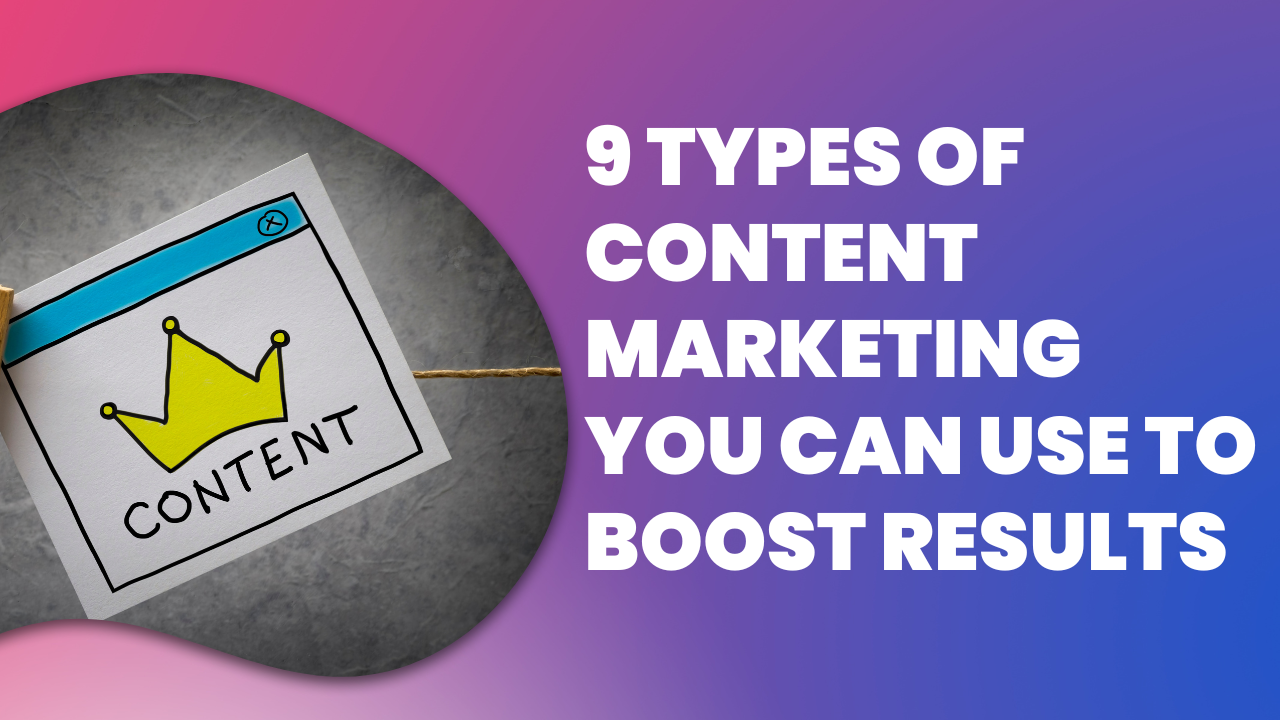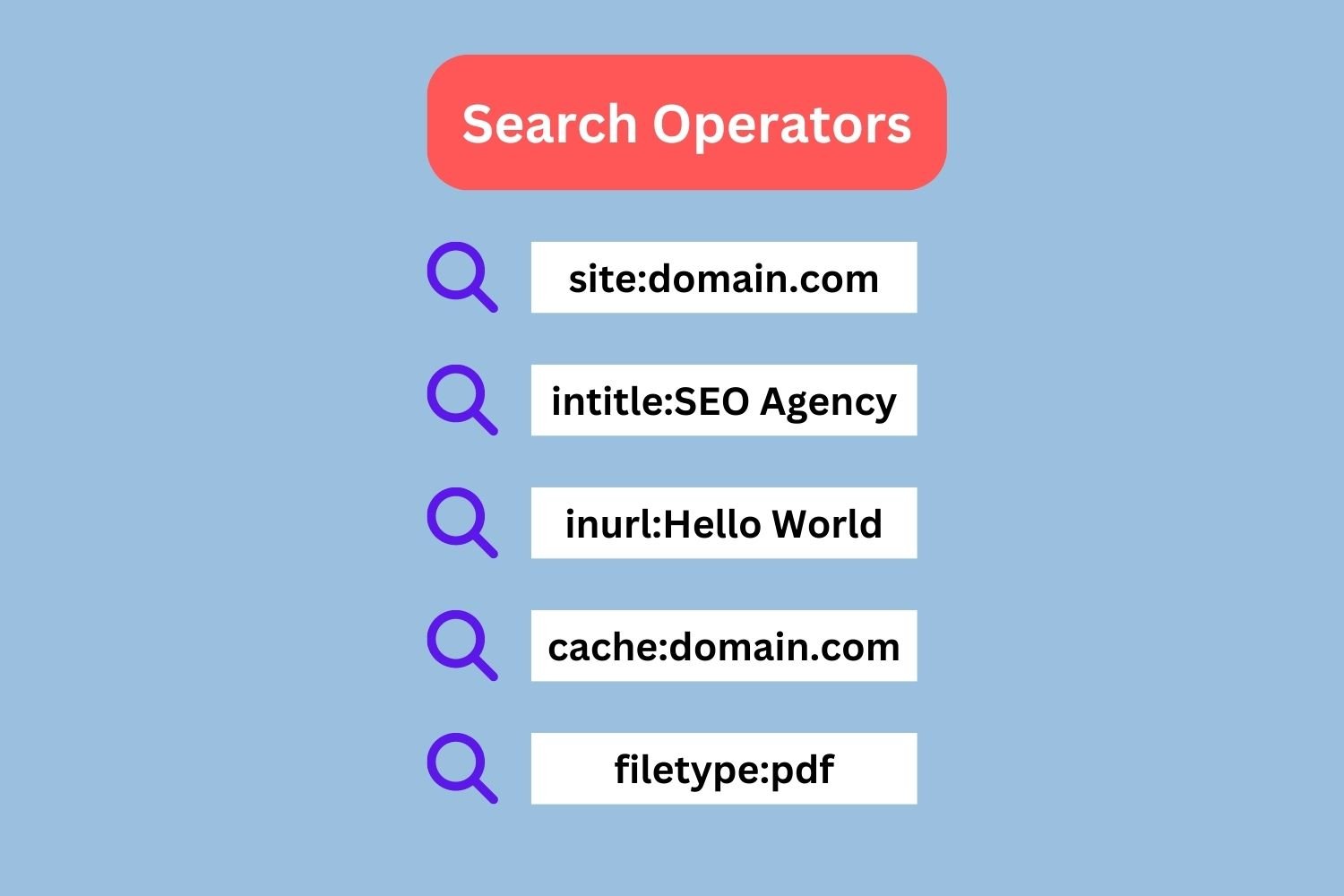Content marketing has become an increasingly important part of a successful marketing strategy, allowing businesses to connect with their customers more meaningfully and cost-effectively.
But how do you choose the types of content marketing that will give you the best results? We’ve come to the rescue for that!
Producing good quality content can be challenging for many brands as it requires a team, planning, and effort to produce content. If you cannot generate in-house content,n you can also reach out to SEO content writing services. Agencies can help you produce content, market it, and other efforts such as SEO and social media marketing.
In this blog post, we will discuss twelve types of content marketing that can help you boost your results and achieve content marketing goals.
We’ll talk about why each type is effective and what makes it different from the others.
So, if you’re looking for ways to get more from your content marketing efforts, read on!
1. Blog posts
Blogs are an effective tool for any content marketing campaign as they can engage your audience and provide them with useful knowledge related to your business or industry.
With SEO-friendly blog posts, you can share valuable tips, ideas, insights, and experiences to help your readers better understand and use your products or services.
Not only that, but by keeping up with industry trends, you’ll also be able to position yourself as an expert, giving your readers even more reasons to turn to you for their needs.
Another benefit of using blog posts is that they’re relatively easy and inexpensive to create. Blog posts require less research and effort yet still provide much value to readers.
2. Infographics
Infographics are a great way to present data and information graphically in an easily understandable format, making them a powerful asset in any content marketing strategy.
The use of graphics helps you create a compelling story around your brand that encourages potential customers to interact with your business. Adding an image to your post can be incredibly beneficial in helping to spread your message further.
Well-crafted visuals also stand out in search engine rankings, helping you drive more organic traffic from Google and other search engines.
3. Videos
Videos offer a unique ability to engage customers with your brand, create connections and share stories with emotional resonance. They allow businesses to build trust and foster relationships with their target audience more effectively than any other form of media.
Videos provide an opportunity to show the world who you are, what you do, why it’s important, and how you can help.
Furthermore, videos can be extremely useful in educating your customers about your product or service and providing them with the helpful information in a visually stimulating way. It can help businesses demonstrate their knowledge, build trust, position themselves as experts in their field, and improve the likelihood of potential customers engaging with them further down the line.
4. eBook
Creating an ebook allows you to cover in-depth topics and dive deeper into specific areas. Unlike blog posts which often limit topics around some words, ebooks allow you to write detailed, longer pieces within your niche or industry.
Furthermore, it also leads you to leverage various channels for your marketing, such as social media, newsletters, and websites, to reach new potential customers and drive more sales. By writing in-depth articles on relevant topics, you will demonstrate a clear understanding of your topic area, building trust with both current and potential customers alike.
5. Case studies
Case studies provide an ideal opportunity for businesses to indicate their effectiveness and show how their services or products are useful to their customers. Through a case study, companies can showcase their results and the customer’s story behind them. It helps give readers an idea of what success looks like from real-world examples and is more relatable than generic statistics or metrics.
Additionally, because case studies focus on one individual experience instead of providing generalized information, they can be extremely helpful for lead generation. If readers connect with a specific example and find it compelling, they’re much more likely to explore other services or products offered by the business in question.
6. User-generated content
User-generated content refers to the media and stories created by users of a particular product or service. This type of content is typically unpaid and authentic, making it an invaluable asset when used strategically.
One key advantage of leveraging user-generated content is that it helps build trust with potential customers by providing real accounts from real people who have used your products or services. People are more likely to trust peer recommendations than traditional advertising because it provides them with an unbiased account.
Moreover, leveraging user-generated content shows that you value customer opinions and feedback, which can be incredibly important for building brand loyalty and long-term relationships.
7. Influencer marketing
Whether through a blog post, video, or podcast, influencers can influence how people think and behave, making them invaluable for your content marketing efforts.
For example, by teaming up with an influencer about your product or service, you will gain access to a large group of followers who already trust and respect the influencer’s opinion. It will let your message reach more potential customers and raise brand awareness.
Moreover, working with influencers allows you to get creative and craft targeted messages that can effectively capture the attention of potential customers. You can successfully turn visitors into loyal customers with the right combination of storytelling and persuasive tactics.
8. Guides and how-to Content
Creating helpful guides and how-tos is a great way to help drive your content marketing strategy. When it comes to engaging your audience and encouraging them to take action, few techniques are as effective as providing useful information that makes their lives easier.
Guides and how-tos can serve multiple purposes in the realm of content marketing. On the one hand, they can help educate customers about products or services and convince them how your items would improve their lives.
On the other hand, they can build credibility, create trust with your target audience, and help you establish yourself as an authority.
9. Memes
Memes are a fun way to communicate information and can be used in many different types of content. Whether it’s a funny photo, a clever phrase, or an internet meme that is shared widely, they add personality to otherwise dry pieces of content. Memes also make content more relatable as they provide a creative way to engage with people.
Using memes is also a great way to stay ahead of the trends. People’s tastes change rapidly, and it can be hard for marketers to keep up; however, if you create witty and topical memes, you will stay current. It can open the door for your business to gain a larger audience base and reach new markets.
10. Testimonials
Testimonials are also user-generated content and can be a great resource for building trust and credibility. They are especially beneficial for small and medium businesses as they can show their product or service quality through customer testimonials.
Brands such as Nike also use testimonials from top athletes to market their products. Businesses can use testimonials on their social media pages and add them to their website.
11. Whitepapers
Whitepapers are a long form of content packed with information, data, stats, and visual representation of data. This form of content is preferred by visitors looking for in-depth knowledge of your product with all the technical details.
12. Checklist
The checklist is a great way to show step-by-step methods to solve a problem, or it can be about steps for using a particular product. You just need to think about creating checklists that fit your audience’s interests.
Internal teams also use checklists while working on client-specific requirements or internal tasks to keep a tab on work and deadlines.
Conclusion
Creating and publishing content regularly is essential to any successful content marketing strategy. You can build trust and relationships and even bring sales for your business by providing helpful, relevant information to your readers. Not one or two; you can choose as many types of content marketing as you want. But make sure you do it the right way!







